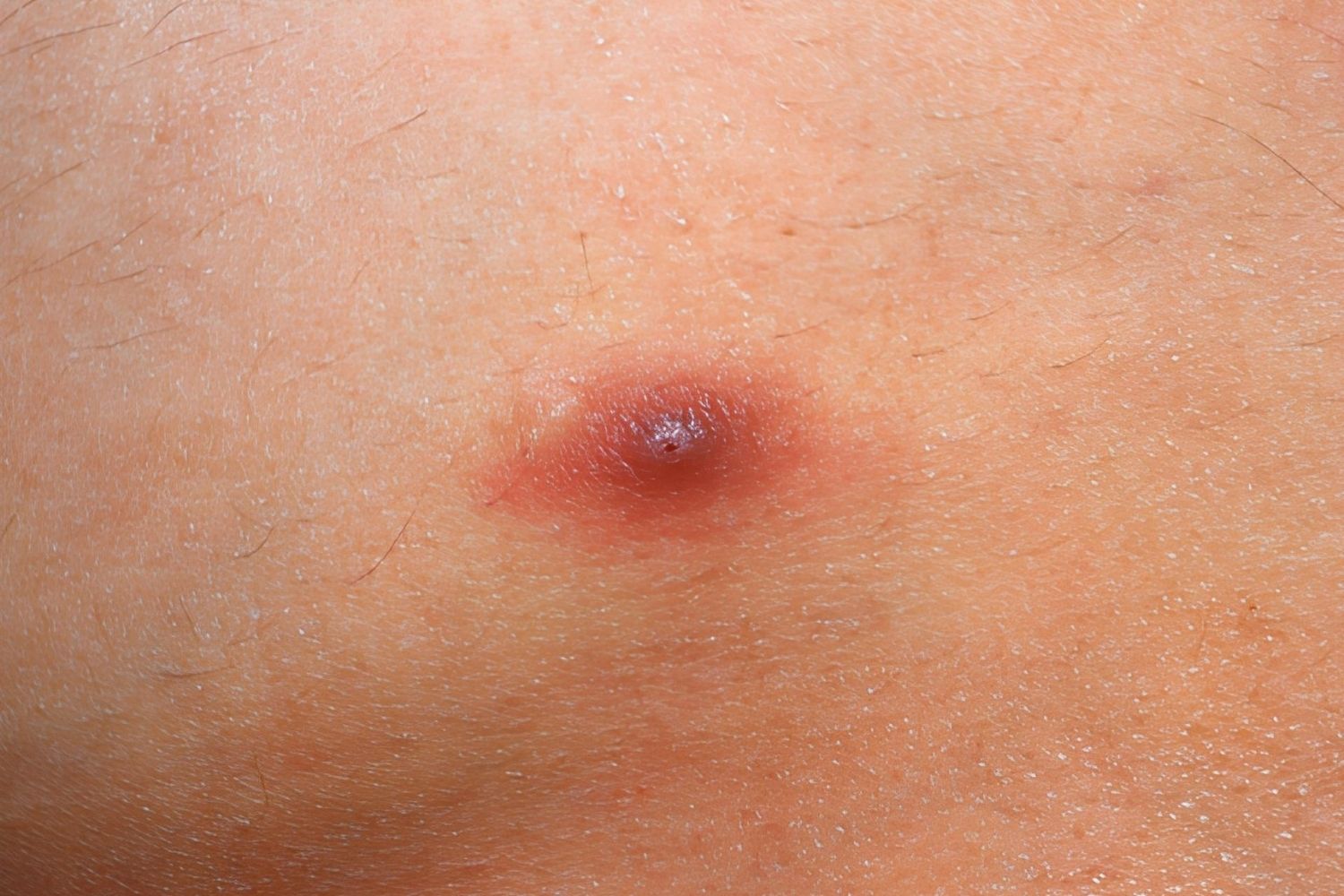
Myiasis might sound like a complex term, but it’s simply the infestation of live human or animal tissue by fly larvae. These larvae, often called maggots, can cause serious health issues if not treated promptly. Did you know that myiasis can occur in various parts of the body, including the skin, eyes, and even internal organs? This condition is more common in tropical and subtropical regions, where certain types of flies thrive. Understanding myiasis is crucial for preventing and managing it effectively. In this blog post, we’ll dive into 50 fascinating facts about myiasis, shedding light on its causes, symptoms, treatment options, and preventive measures. Whether you're a curious reader or someone seeking detailed information, this post will provide valuable insights into this intriguing yet alarming condition.
Key Takeaways:
- Myiasis is a condition caused by fly larvae infestation in human or animal tissue, leading to various health issues. It can be prevented by maintaining good hygiene and proper wound care.
- Myiasis can affect both humans and animals, and it is more common in tropical regions. Understanding the causes, symptoms, and treatment options is crucial for effective management and prevention.
What is Myiasis?
Myiasis is a condition caused by the infestation of fly larvae in human or animal tissue. These larvae, commonly known as maggots, feed on the host's living or dead tissue, leading to various health issues.
- Myiasis is derived from the Greek word "myia," meaning fly.
- It was first described in the early 19th century.
- The condition can affect both humans and animals.
- Myiasis is more common in tropical and subtropical regions.
- There are over 50 species of flies that can cause myiasis.
Types of Myiasis
Different types of myiasis exist, each classified based on the location of the infestation and the type of fly involved.
- Cutaneous myiasis affects the skin.
- Nasal myiasis occurs in the nasal passages.
- Ophthalmomyiasis involves the eyes.
- Gastrointestinal myiasis affects the digestive tract.
- Urogenital myiasis occurs in the urinary or genital areas.
Causes of Myiasis
Understanding the causes of myiasis can help in preventing and managing the condition effectively.
- Poor hygiene can attract flies that cause myiasis.
- Open wounds are susceptible to fly larvae infestation.
- Certain flies lay eggs on clothing or bedding.
- Some species of flies are attracted to decaying organic matter.
- Traveling to endemic areas increases the risk of myiasis.
Symptoms of Myiasis
Recognizing the symptoms of myiasis is crucial for timely treatment and management.
- Intense itching at the site of infestation.
- Redness and swelling around the affected area.
- The presence of maggots in wounds or sores.
- Pain and discomfort in the infested area.
- Secondary bacterial infections can occur.
Diagnosis of Myiasis
Accurate diagnosis is essential for effective treatment of myiasis.
- Visual inspection of the affected area.
- Microscopic examination of larvae.
- Imaging techniques like X-rays or ultrasounds.
- Laboratory tests to identify the species of fly.
- Patient history and travel records.
Treatment of Myiasis
Various treatment options are available to manage and cure myiasis.
- Manual removal of larvae using forceps.
- Application of topical antiseptics.
- Oral or topical antibiotics for secondary infections.
- Surgical intervention in severe cases.
- Use of occlusive dressings to suffocate larvae.
Prevention of Myiasis
Preventive measures can significantly reduce the risk of myiasis.
- Maintaining good personal hygiene.
- Proper wound care and dressing.
- Using insect repellents in endemic areas.
- Wearing protective clothing.
- Keeping living areas clean and free of decaying matter.
Interesting Facts about Myiasis
Some lesser-known but fascinating facts about myiasis.
- Some maggots are used in medical treatments to clean wounds.
- Myiasis can be used in forensic science to estimate time of death.
- Certain cultures use maggots in traditional medicine.
- Maggot therapy dates back to ancient times.
- Some flies have evolved to specifically target humans.
Myiasis in Animals
Animals are also affected by myiasis, often leading to severe health issues.
- Livestock, such as sheep and cattle, are commonly affected.
- Pets like dogs and cats can also suffer from myiasis.
- Infestation can lead to significant economic losses in agriculture.
- Wildlife, including birds and mammals, are not immune.
- Veterinary care is essential for managing myiasis in animals.
Myiasis in History
Historical accounts provide insight into the long-standing battle against myiasis.
- Ancient texts describe maggot infestations in wounds.
- Military records from World War I and II mention myiasis in soldiers.
- Indigenous tribes have traditional methods to treat myiasis.
- Early medical literature documents various cases of myiasis.
- Advances in medicine have improved the management of myiasis over time.
Final Thoughts on Myiasis
Myiasis, the infestation of living tissue by fly larvae, is both fascinating and alarming. Knowing the symptoms and prevention methods can save you a lot of trouble. Always keep wounds clean and covered, and avoid areas with high fly populations. If you suspect an infestation, seek medical help immediately.
Understanding the life cycle of these flies and their preferred hosts can help in preventing and controlling outbreaks. While myiasis is more common in tropical and subtropical regions, it can occur anywhere.
By staying informed and vigilant, you can protect yourself and your loved ones from this unsettling condition. Remember, knowledge is your best defense. Stay safe, stay clean, and keep those flies at bay!
Frequently Asked Questions
Was this page helpful?
Our commitment to delivering trustworthy and engaging content is at the heart of what we do. Each fact on our site is contributed by real users like you, bringing a wealth of diverse insights and information. To ensure the highest standards of accuracy and reliability, our dedicated editors meticulously review each submission. This process guarantees that the facts we share are not only fascinating but also credible. Trust in our commitment to quality and authenticity as you explore and learn with us.
